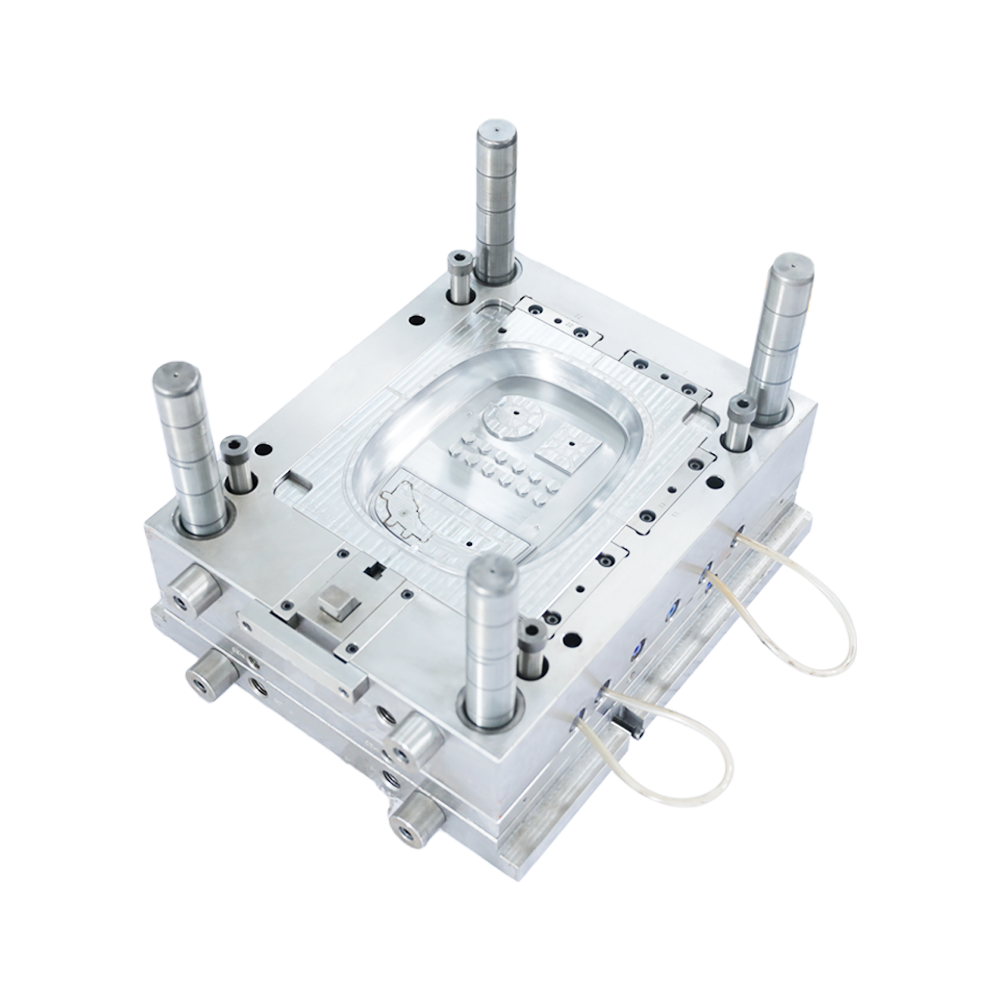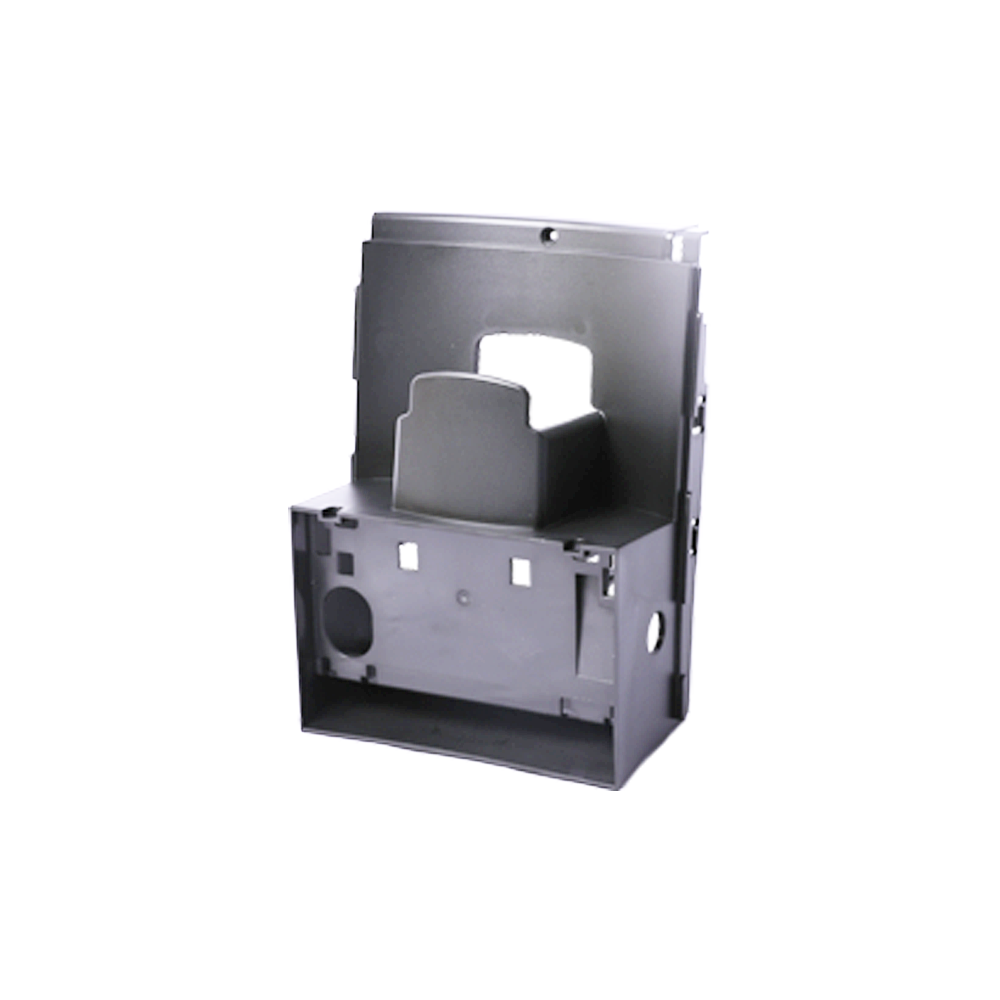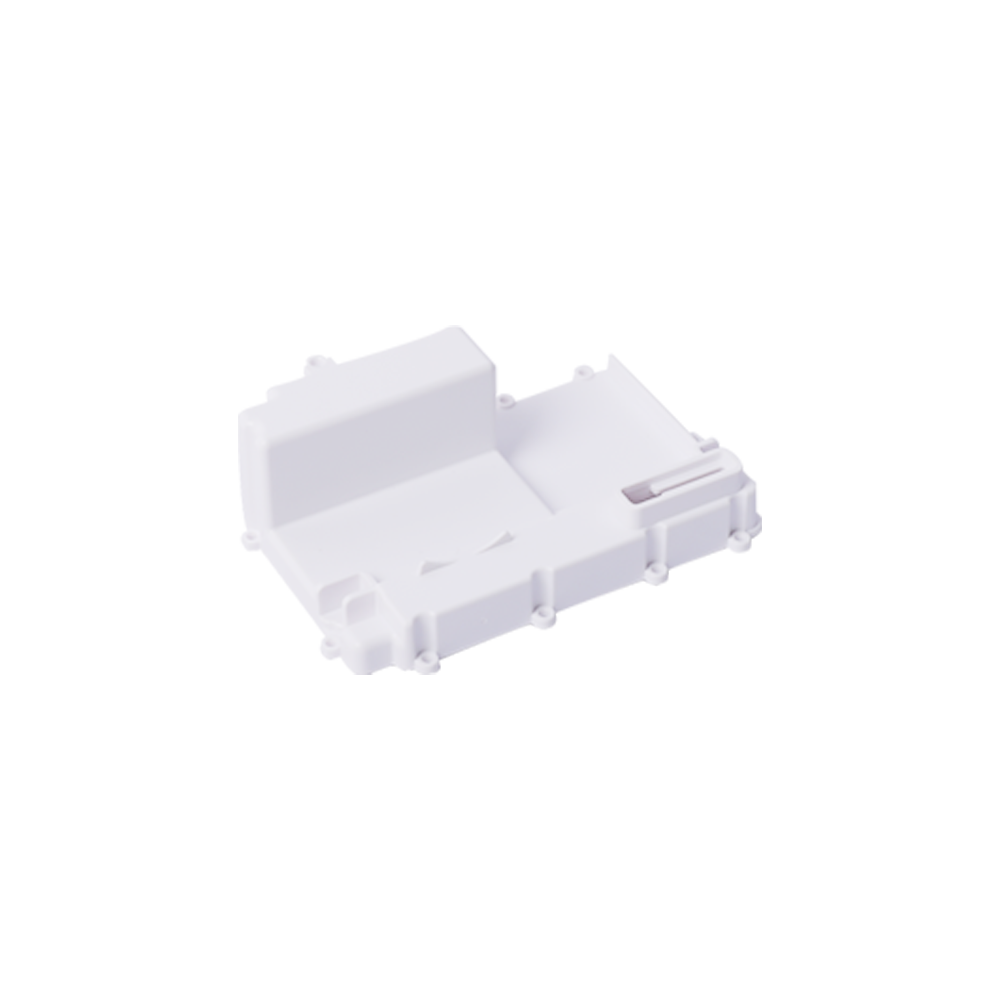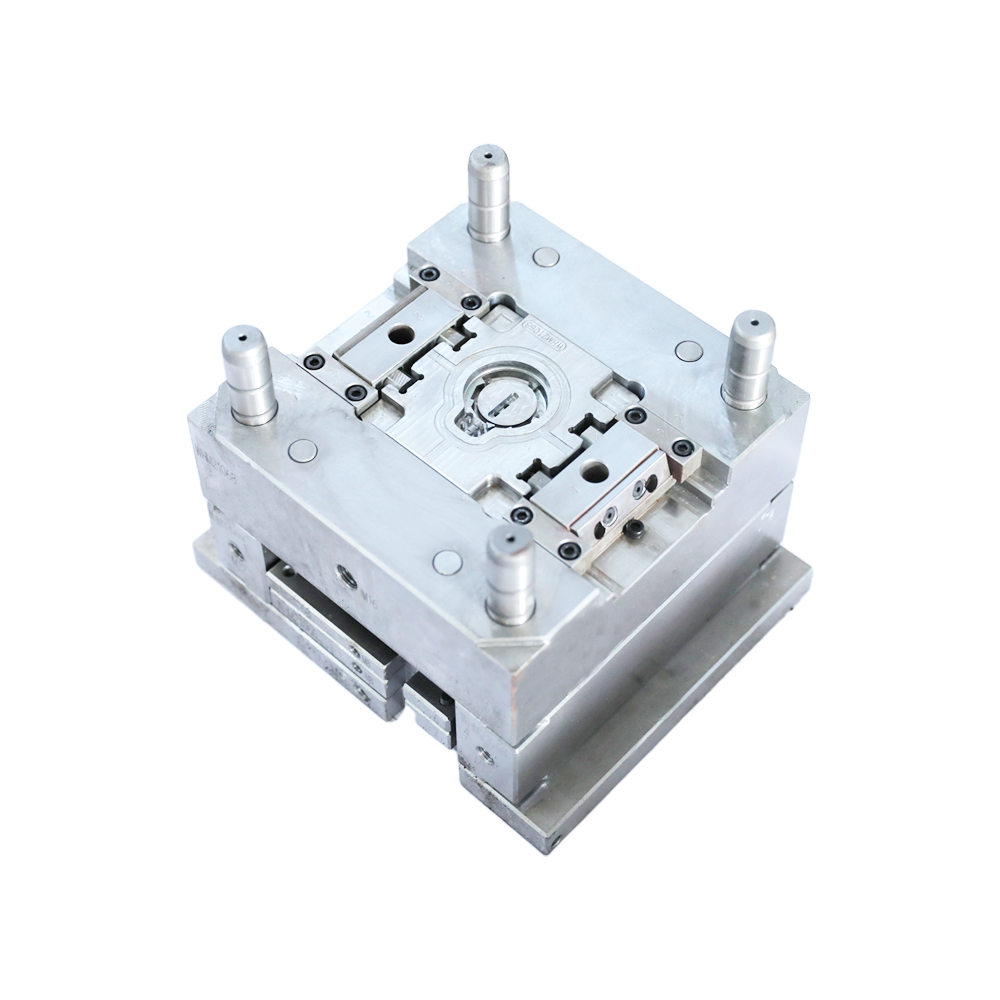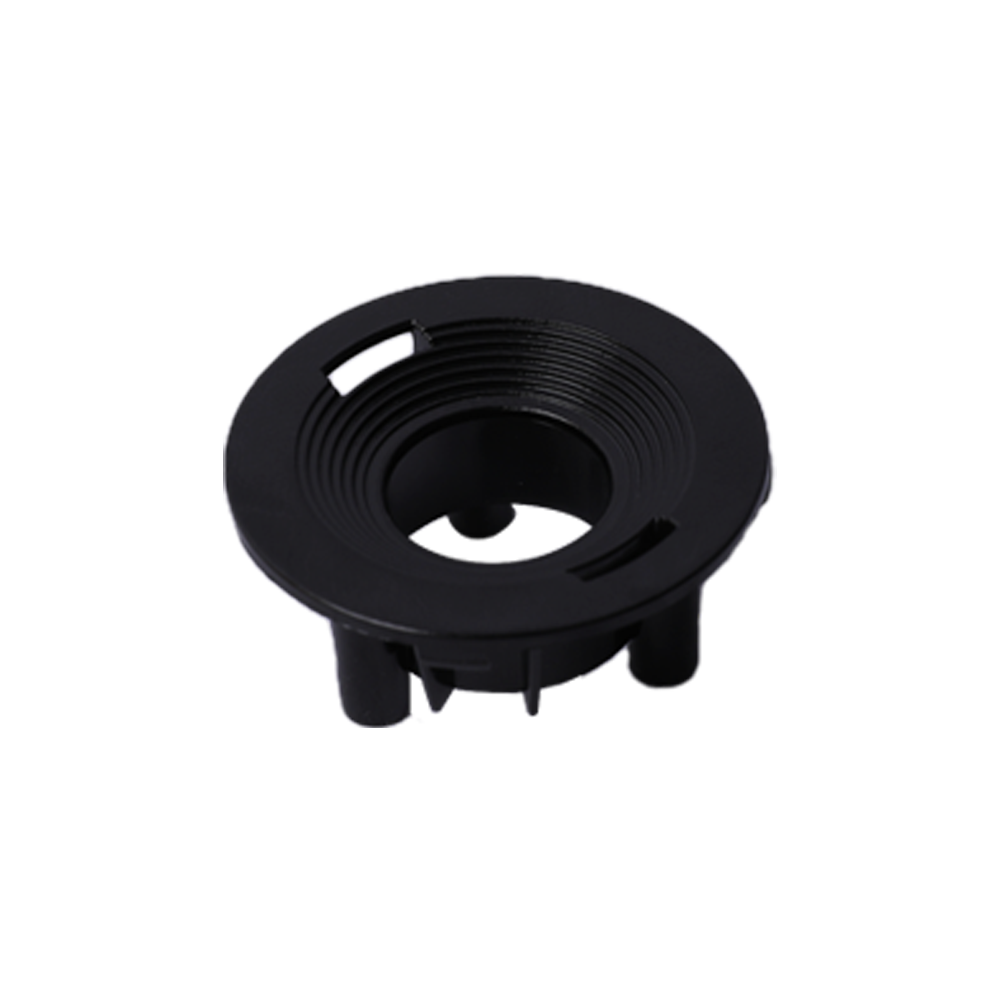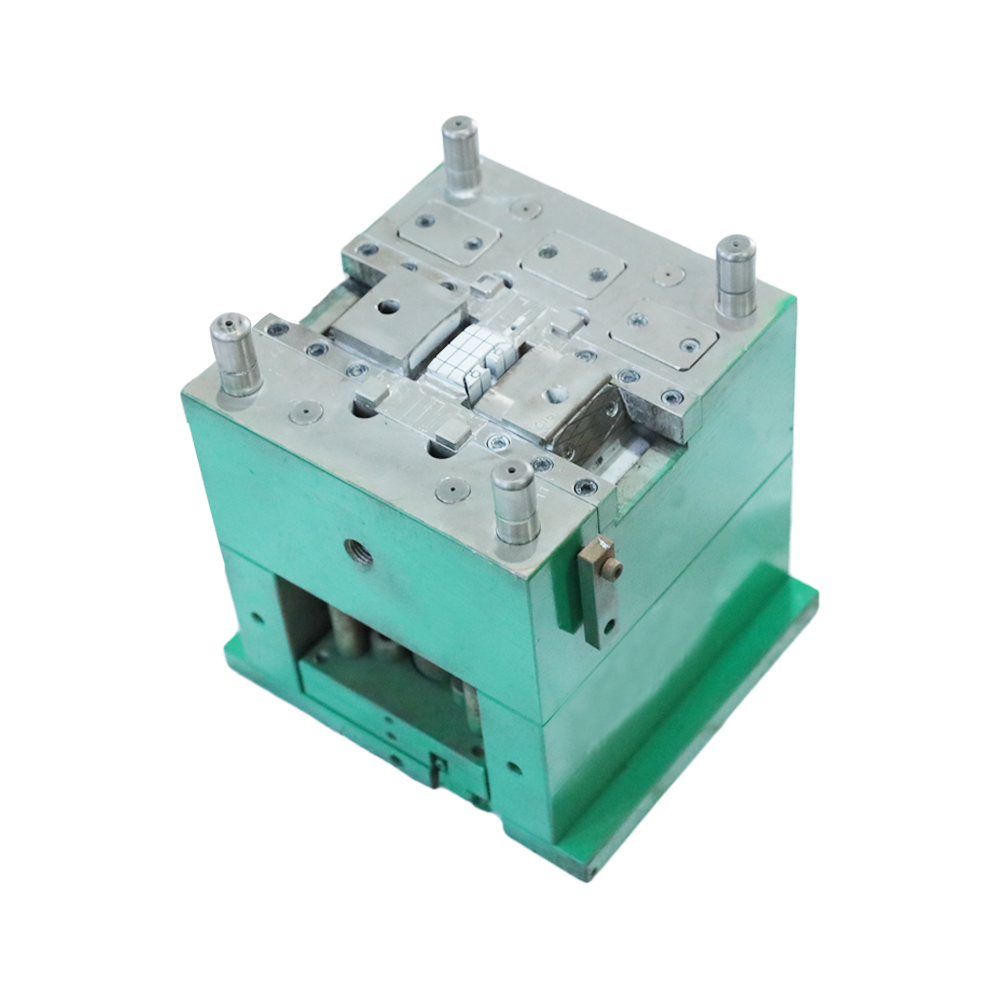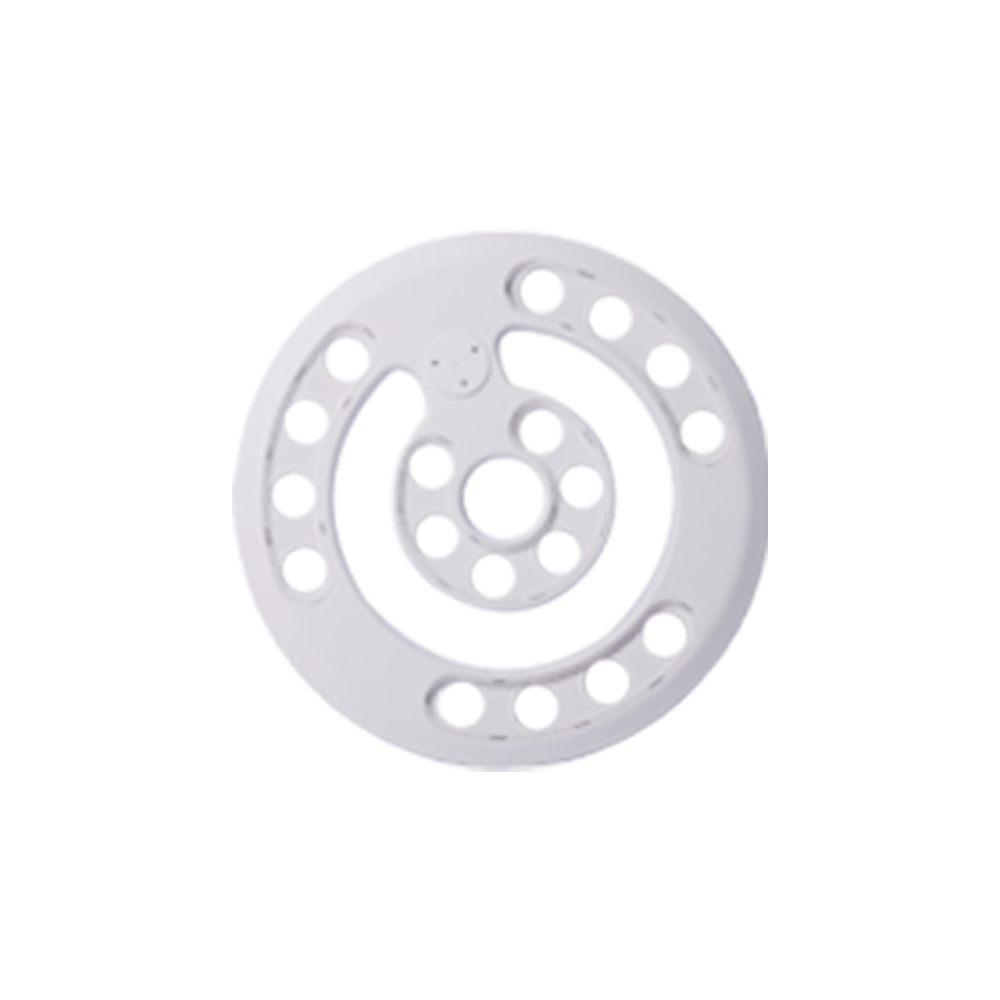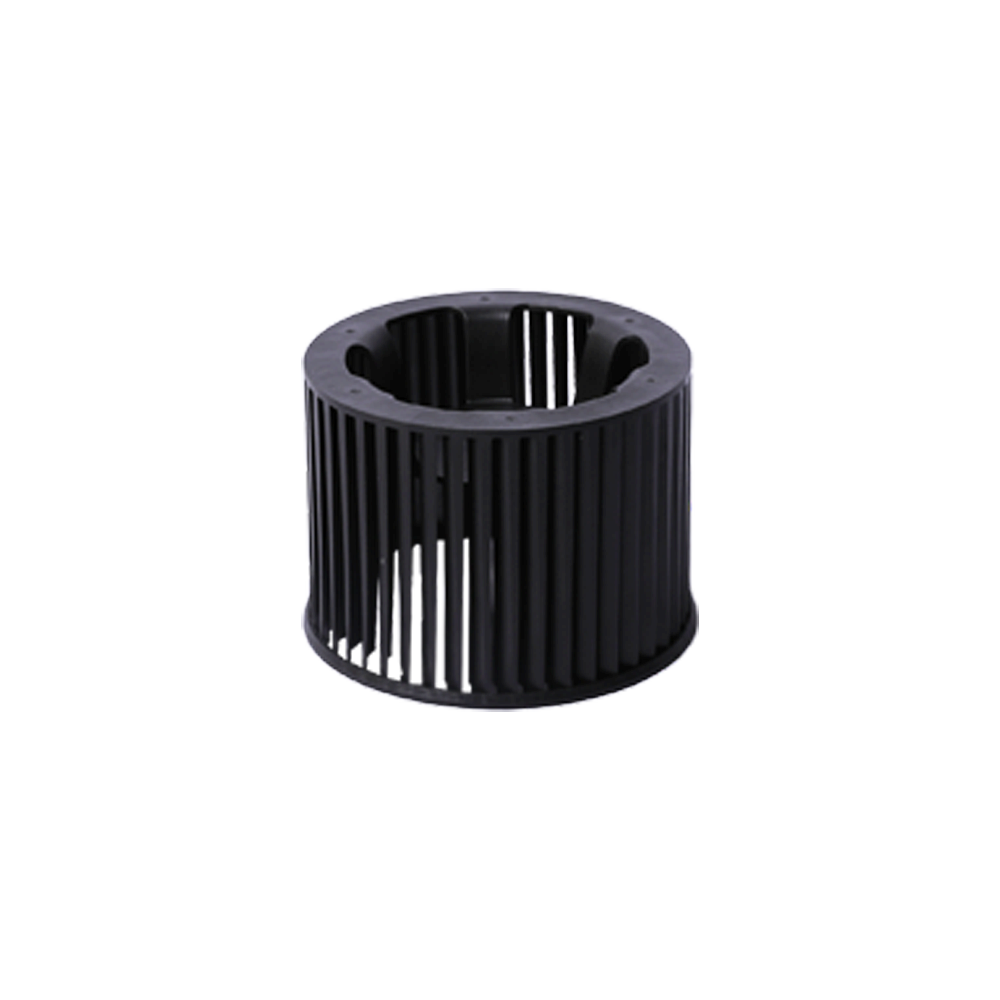Stamping die is a special process equipment for processing materials (metal or non-metal) into parts (or semi-finished products) in cold stamping process, which is called cold stamping die (commonly known as cold stamping die). Stamping is a pressure processing method that uses the mold installed on the press to exert pressure on the material at room temperature to make it separate or plastic deformation, so as to obtain the required parts.
1. Die damage:
Mold damage refers to mold cracking, fracture, expansion, etc. In order to deal with mold damage, we must find out the causes from mold design, manufacturing process, mold use and other aspects. First of all, check whether the mold manufacturing materials are suitable and whether the corresponding heat treatment process is reasonable. Generally speaking, the heat treatment process of die material has a great impact on it. If the quenching temperature of the die is too high, the quenching method and time are unreasonable, the tempering times and temperature and the selection between elbows are improper, the die will be damaged after entering the stamping production. Improper design of the size or depth of the blanking hole can easily block the slot hole and damage the blanking plate. If the spring force is too small or the contour sleeve is not equal to the contour, the spring will break and the blanking plate will tilt, resulting in overlapping punching and damage to the parts.
Improper fixing of the punch or insufficient screw strength may cause the punch to fall or break.
When using the mold, the installation position and direction of the parts are incorrect, or the bolts are not tightened correctly. The working height is adjusted too low, and the guide post is not lubricated enough. Feed equipment failure, abnormal pressure, etc., It will cause damage to the mold. If foreign matters enter the mold, parts overlap, waste blocking and other conditions are not handled in time, and the processing and production continue, it is easy to damage the blanking plate, punch, lower template and guide post of the mold.
2. Death:
In the stamping process, once the clamping is not flexible or even stuck, the production must be stopped immediately to find out the cause of the stuck die and eliminate the fault. Otherwise, the fault will expand and cause chip damage.
The main causes of mold sticking are: poor guide mold and inclination. Or there are foreign matters between the formwork, which makes the formwork unable to be flattened; The design of die strength is insufficient or the stress is uneven. Cause mold deformation, such as the design of hardness and thickness of mold base and template is too small, which is easy to be impacted and deformed by external forces; The mould position is not installed correctly, and the positioning error of the upper and lower moulds is out of tolerance. Or the precision of the press is too poor, resulting in mold interference; The punch strength is not enough, and the position of the big punch and the small punch is too close, which makes the lateral force of the die unbalanced. At this time, the punch strength should be improved and the guide protection of the discharge plate should be strengthened.
Mold damage and maintenance:
The cost of stamping die is very high. Generally speaking, mold cost accounts for 1/5-1/4 of the total cost of parts. This is because, in addition to the difficulty and high cost of mold manufacturing. After putting into production, the cost of mold repair and grinding maintenance is also very high, and the original cost of mold only accounts for about 40% of the total cost of mold. Therefore, timely maintenance of the die and prevention of die damage can greatly reduce the die cost of stamping production.
Generally speaking, there are maintenance and scrapping problems after the mold is damaged. Non-natural wear failure of stamping die, such as damage of non-key parts. However, the small punch fracture, punch upsetting shortening, die cracking, blanking edge cracking and other failures can be completely restored to normal status through maintenance and put into stamping production again. But when the key parts of the die are seriously damaged, sometimes the punch and the die are damaged at the same time. The one-time maintenance cost exceeds 70% of the original cost of the mold, or the service life of the mold is close. Maintenance is of little significance. At this time, it is necessary to consider scrapping molds: except for large molds and continuous molds with complex structures. When the mold maintenance process is too complex, the mold maintenance cost is too high, the difficulty is too high, and the maintenance cycle is too long, which will seriously affect the normal production of stamping parts. We should choose to expire in advance, scrap and remanufacture the mould.
 +86-15995701933
+86-15995701933 [email protected]
[email protected]- OEM Plastic Mould Manufacturers

 ��������
��������
